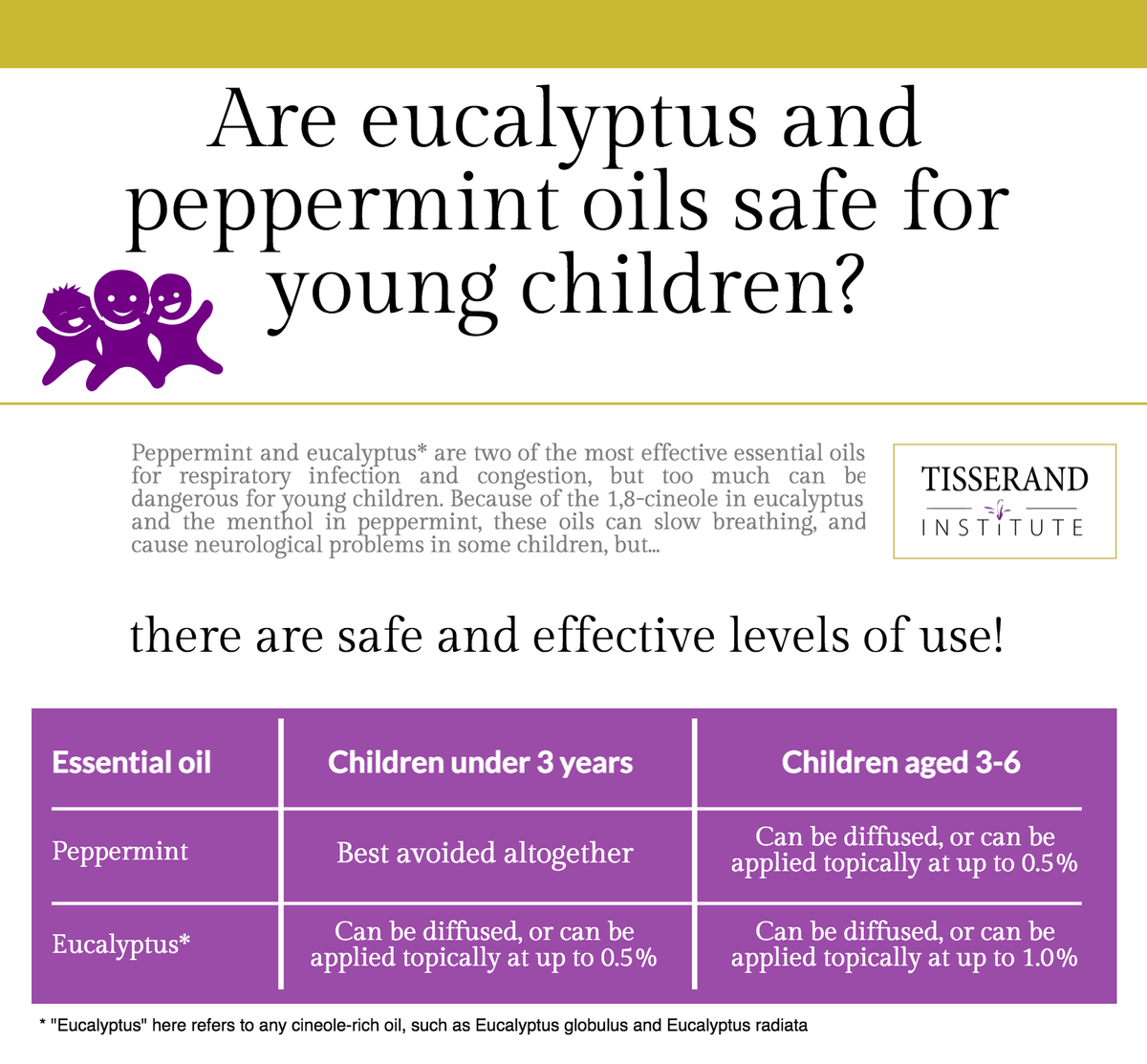My wife and I love aromatherapy. My parents have a
Lampe Berger lamp and we always light it up during our visits. We once bought an aromatherapy candle and used it for a while. However, I started coughing, and it won't stop even after I took the medicine prescribed by the doctor. One of our suspicions was the use of the candle, which turned out to be true. Once we stopped using it, my coughs got milder and eventually disappeared.
My sense of smell seems to be towards the sensitive side. I once got a roll-on fragrance to use before praying. The scent was of a soap :D and my son also loved it. But then I started coughing again, and yes... it stopped after we stopped using the fragrance.
So because I have no problem with Lampe Berger, we've been wanting to get one, but hesitated due to the high price. Then we found out about essential oils with more versatile use: it can be applied topically, inhaled directly, diffused to the air, and even ingested internally for various positive effects. We're interested to give it a try, but have been delaying because we have no urgency to get it right away, not to mention that they're also expensive.
Recently, Balikpapan is affected by the haze caused by forest fires in the island. My 5 mo daughter also has a runny nose and coughing, partly due to the polluted air and partly caught it from her mother who's also not feeling very well lately. She seems to be getting not enough rest due to the discomfort and it probably contributed to her gaining lesser weight. Our thoughts went back to the essential oils. We're thinking of diffusing it to help purify or at least freshen the air inside our house and rooms, also applying it topically to our daughter to boost her immune system and calm her down to help with her discomfort so she can sleep better and get well sooner without the use of chemical drugs unless completely necessary. It's time to give these essential oils a go! However, recalling some of my unpleasant experiences above, it's also time to be more cautious. Here's the result of my internet research.
Many people are under the misconception all essential oils are risk-free due to their being a "natural" product. Concentrated substances are rarely intended for use "as is" -- and essential oils are no different. Using too much essential oil can sometimes have a boomerang effect and aggravate, rather than soothe, symptoms. Essential oil dilution is important for 2 safety reasons:
- To avoid skin reactions: irritation, sensitization, and phototoxicity.
- To avoid systemic toxicity, such as fetotoxicity, hepatotoxicity, carcinogenicity, and neurotoxicity.
Adverse skin reactions are obvious when they happen, but systemic toxicities may not be. Some essential oils even should not be used, internally or externally, at least without the express administration by a qualified aromatherapy practitioner.
What age is safe to use essential oils?
Some say that essential oils are even safe to use for newborns and infants. According to
TheHippyHomemaker, based on the Essential Oil Safety - By Robert Tisserand and Rodney Young, it is not advised to use essential oils on babies less than 3 months of age because their skin is not mature yet and therefore more permeable and sensitive to essential oils.
Learning About EOs prefers to avoid essential oils altogether for children under 2. However, if absolutely must, you can use essential oils for children of 6 months of age.
What essential oils to use?
If you are pregnant, breastfeeding, or using the essential oils on or around young children, it is especially important to be sure the oils you are using are safe for you to use. Grapefruit, lavender, mandarin, and neroli are commonly considered safe for children (including babies) and pregnant and/or nursing mothers by
Learning About EOs,
TheHippyHomemaker, as well as
Keeper of the Home.
How much to use?
Learning About EOs says .25% dilution for ages 6 months - 6 years which may be increased up to .50% if your child is sick, 1% dilution for ages 6+ and pregnant women, while 2% dilution is the ideal for most adults in most situations.
Practical measurement (equivalents): 1 tsp (5ml) = 100 drops. For a 1% dilution, add 1 drop of essential oil to 1 tsp of
carrier oil. To increase or lower the dilution ratio, add more essential oil drops or use more carrier oil, respectively.
Based on these guidelines, I personally might limit essential oil use to diffusion only for my daughter starting from when she reaches 6 months of age and wait until she's 2 before applying essential oils topically for her (in a safe dilution ratio), keeping some 1% dilution handy for my nursing wife and older son, while avoiding ingestion altogether because certain essential oils could be toxic if ingested. Ingestion of essential oils has its place, but must be approached cautiously under the guidance of trained aromatherapist.
Other Important Points
- Peppermint is safe to use at 6+ years but ALL eucalyptus and rosemary essential oils should be avoided until 10+ years of age because they contain a chemical constituent called 1,8-cineole and menthol.
Menthol and cineole stimulate cold receptors in the lungs, and this triggers a reflex in young children which slows breathing significantly, sometimes dangerously. This is the reason that it is suggested to avoid the use of these essential oils (and others containing a high content of these chemical constituents) in young children.
- Thieves blends should be avoided in children under 10 years due to its contents (which includes eucalyptus and rosemary).
- It is recommended that you not use the same essential oil every day for a long period of time. If you are dealing with a long-term issue, it's best to rotate different essential oils every 2 weeks or so to minimize the chances of becoming sensitized to the essential oils.




